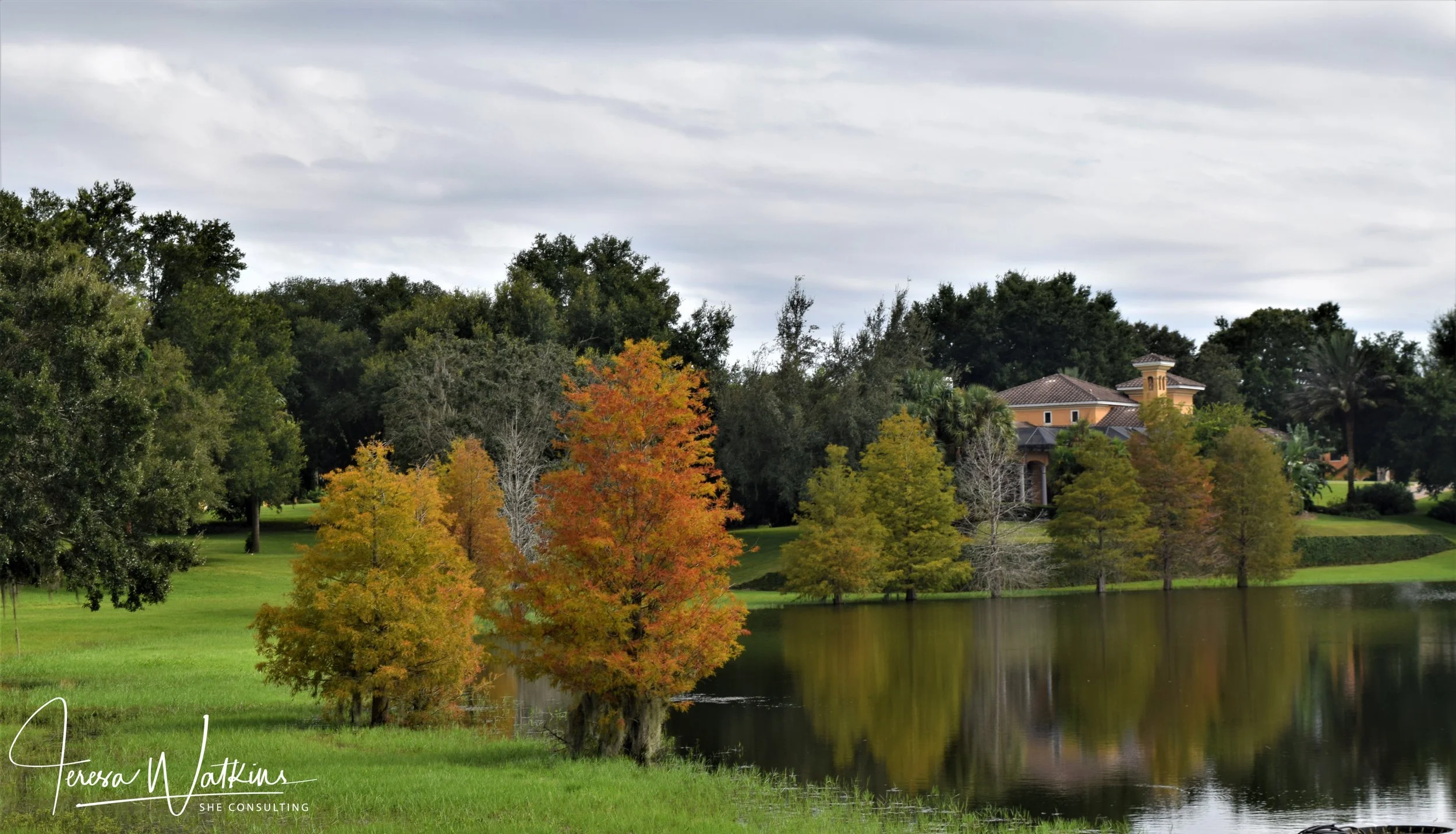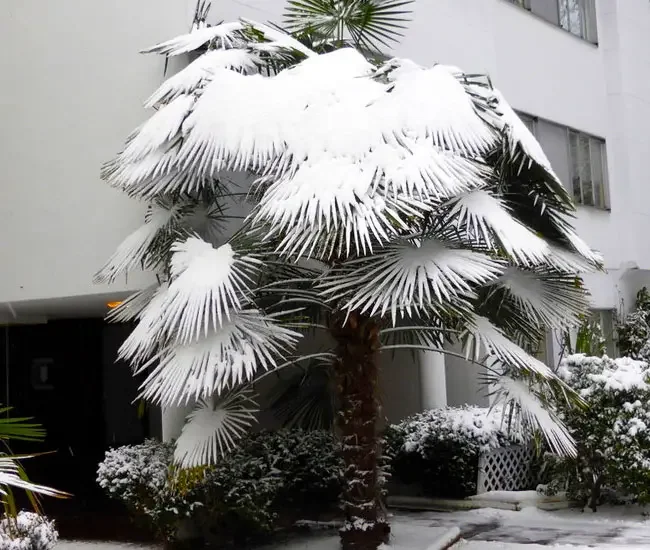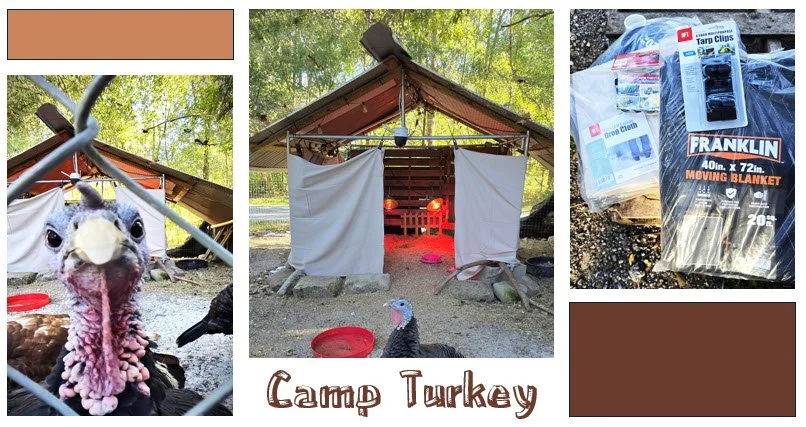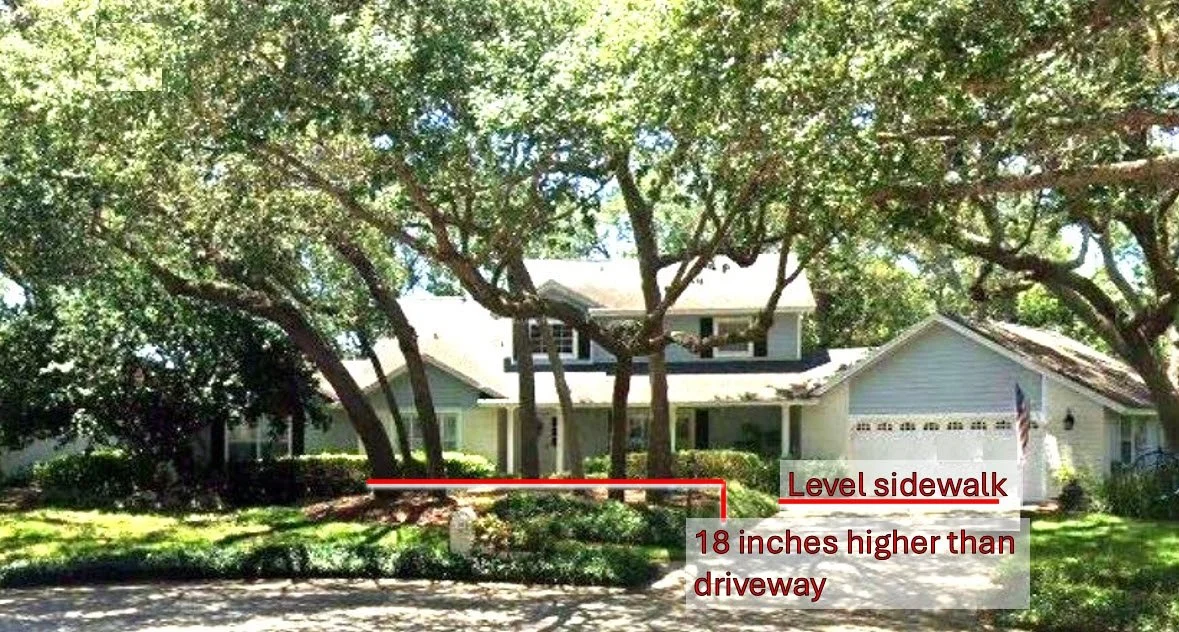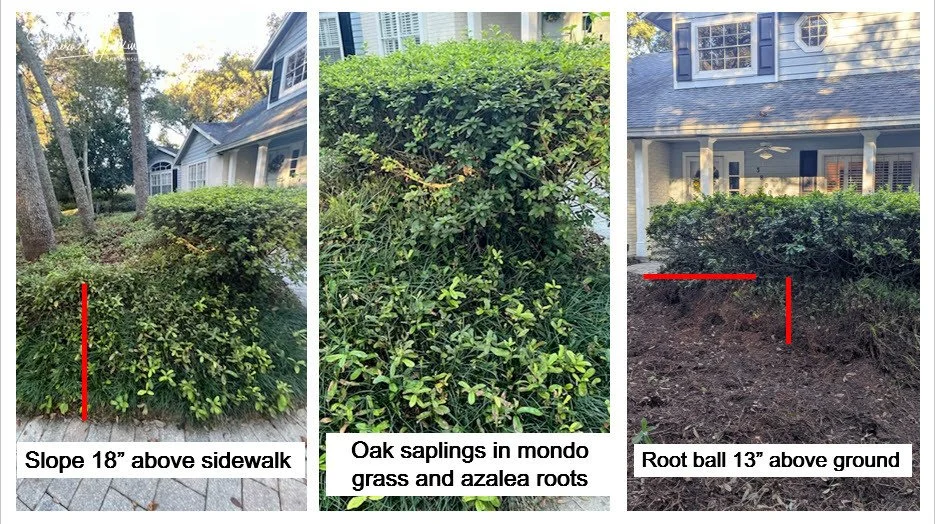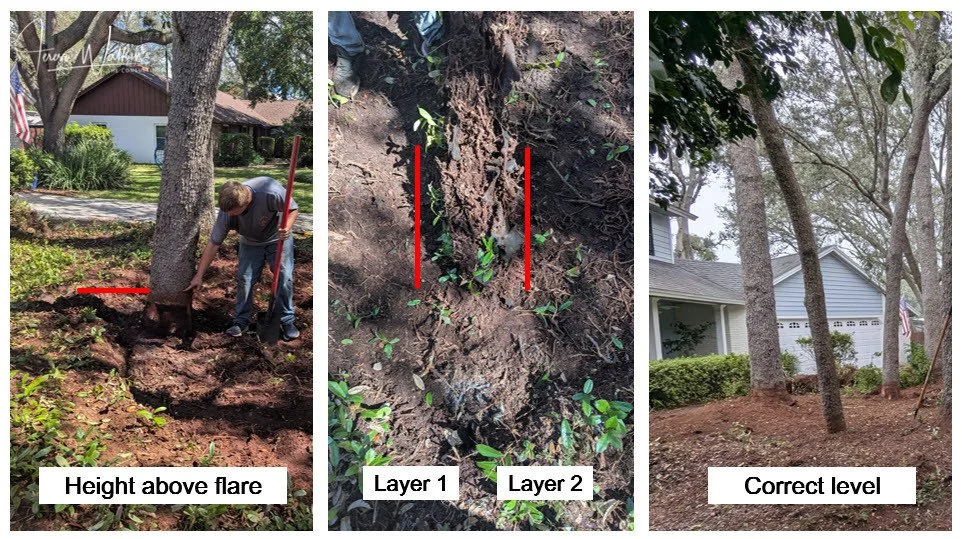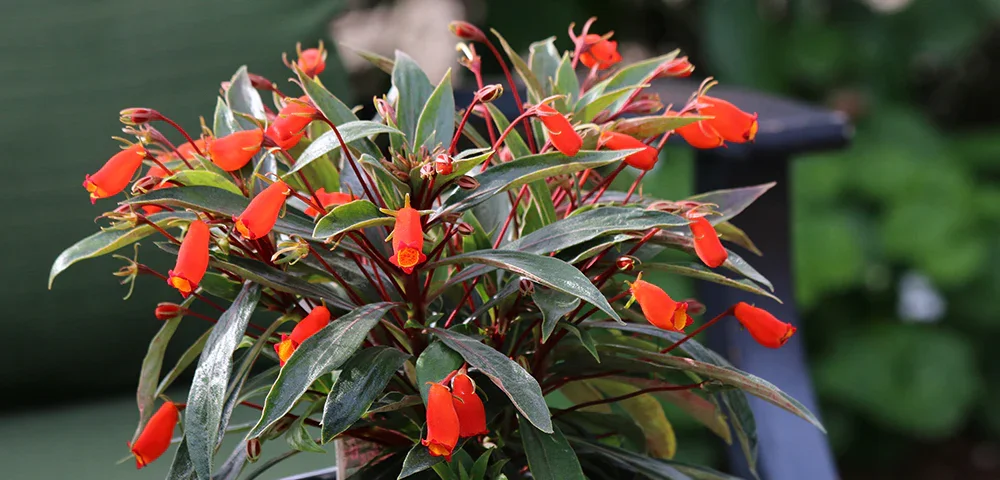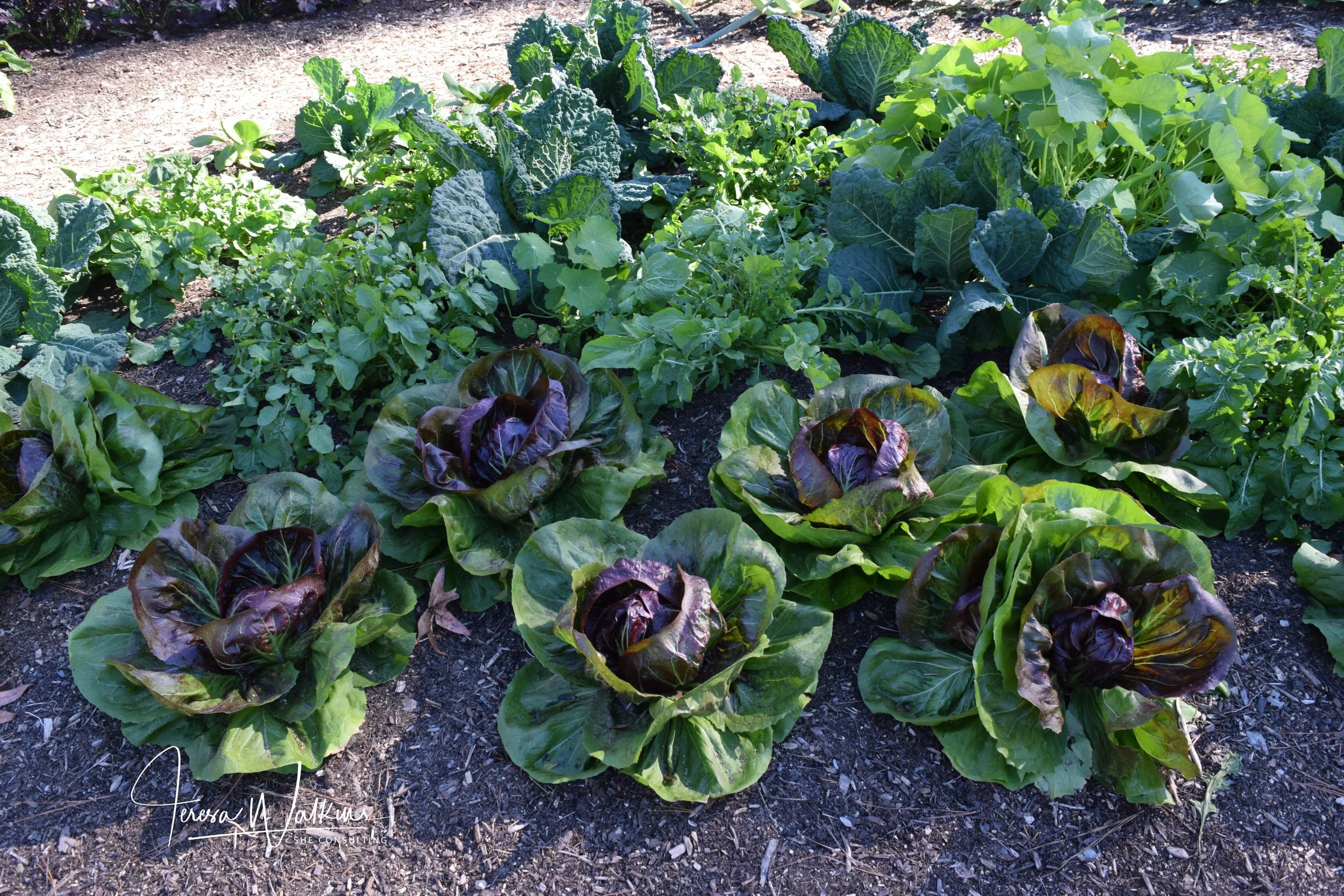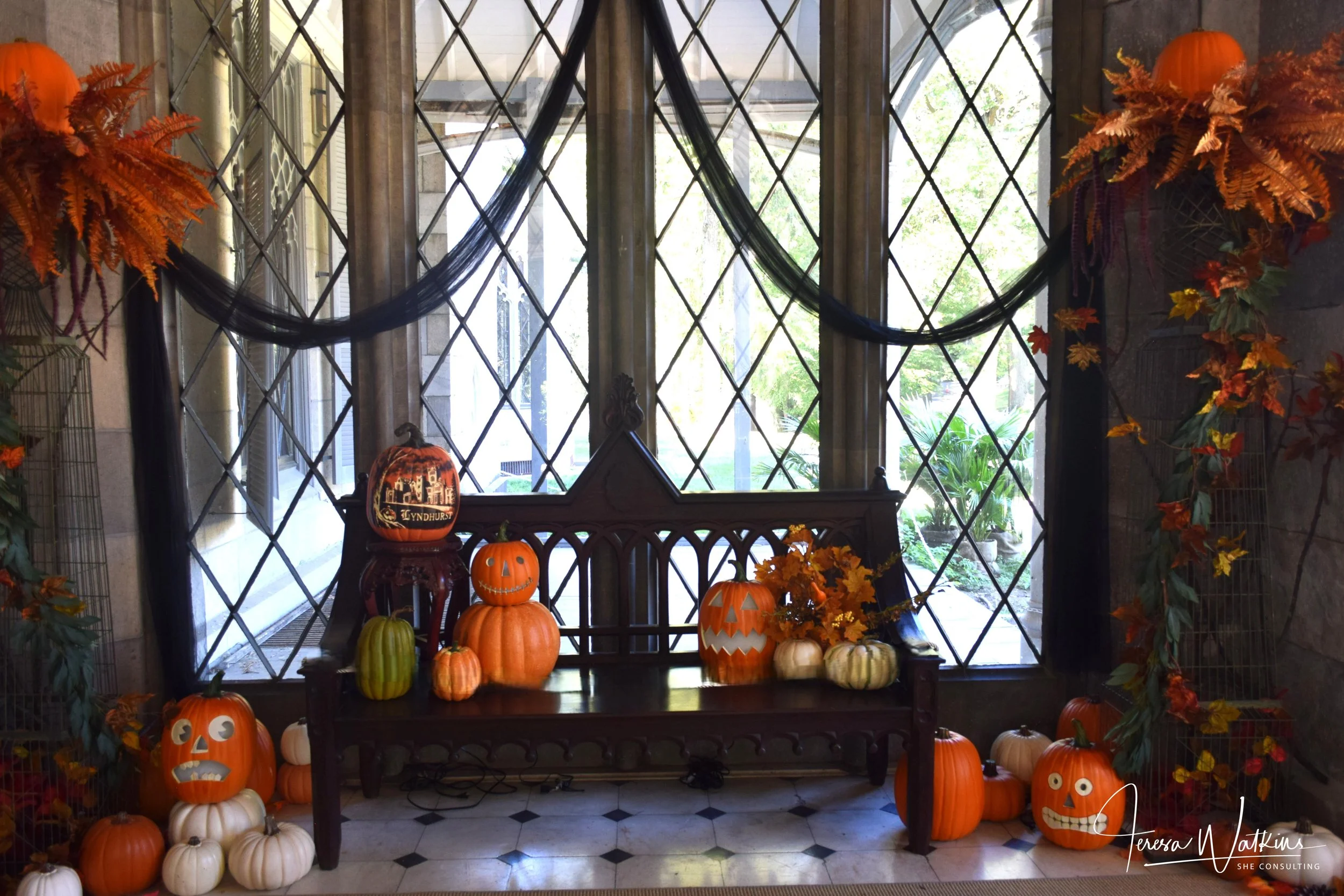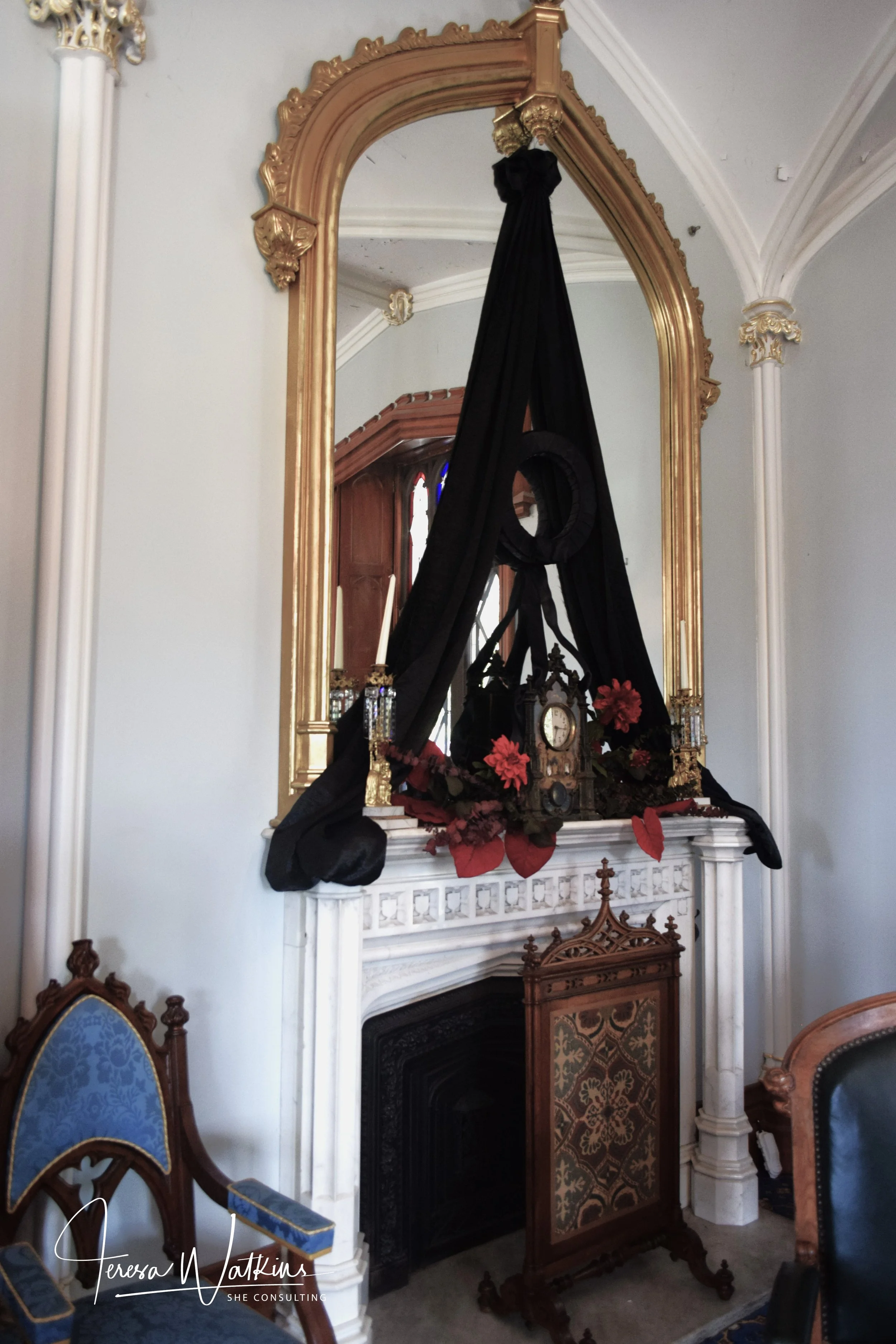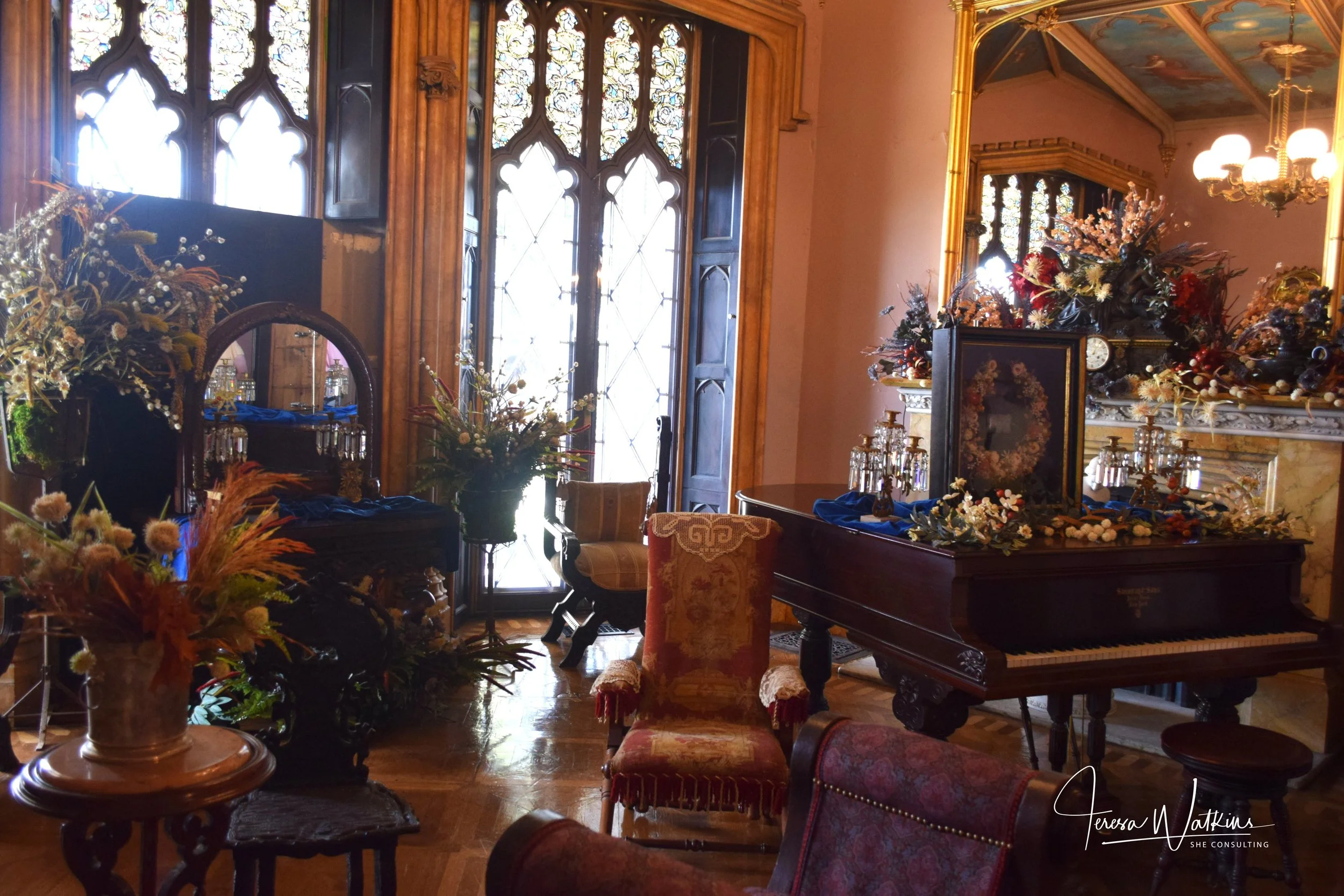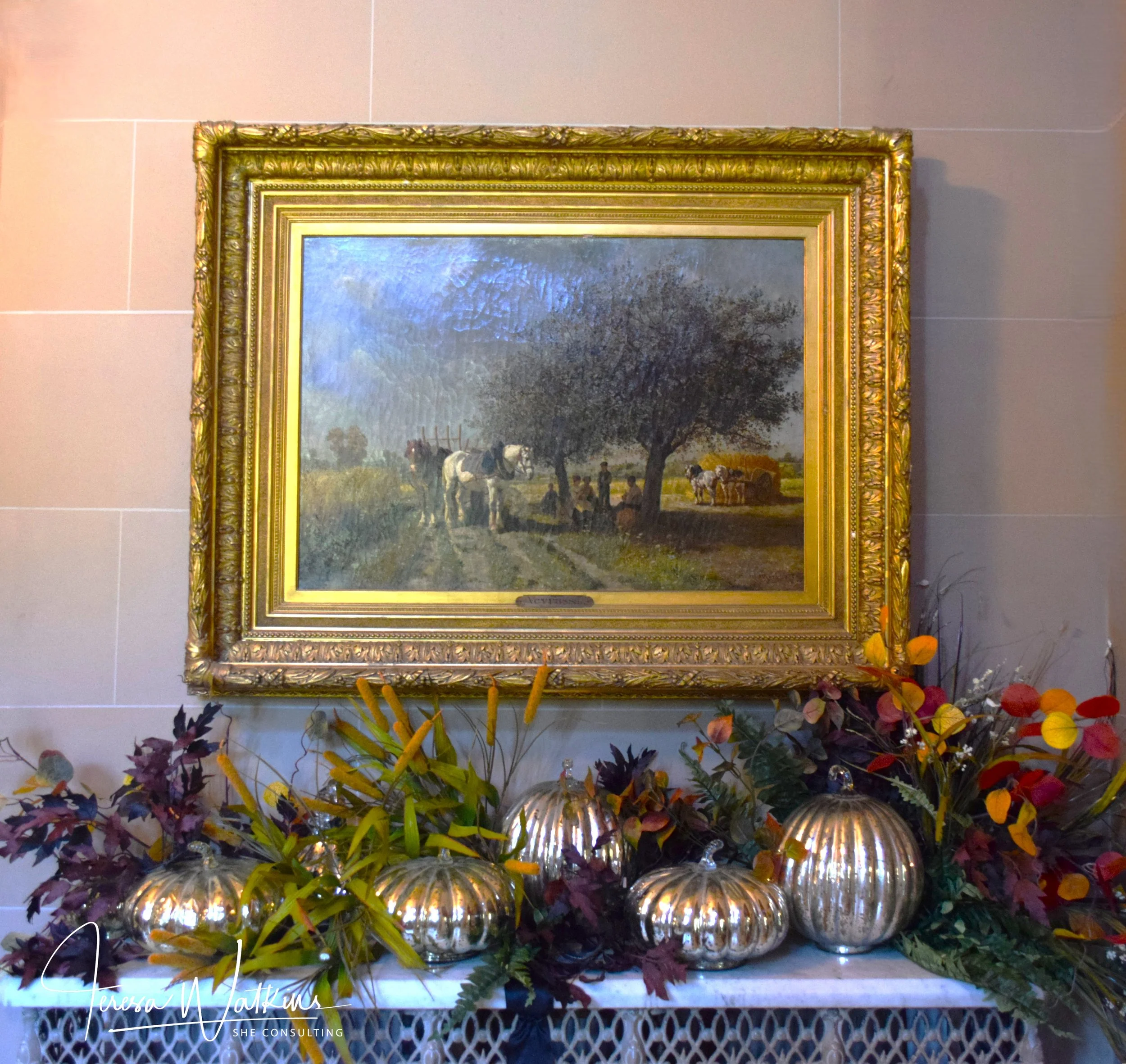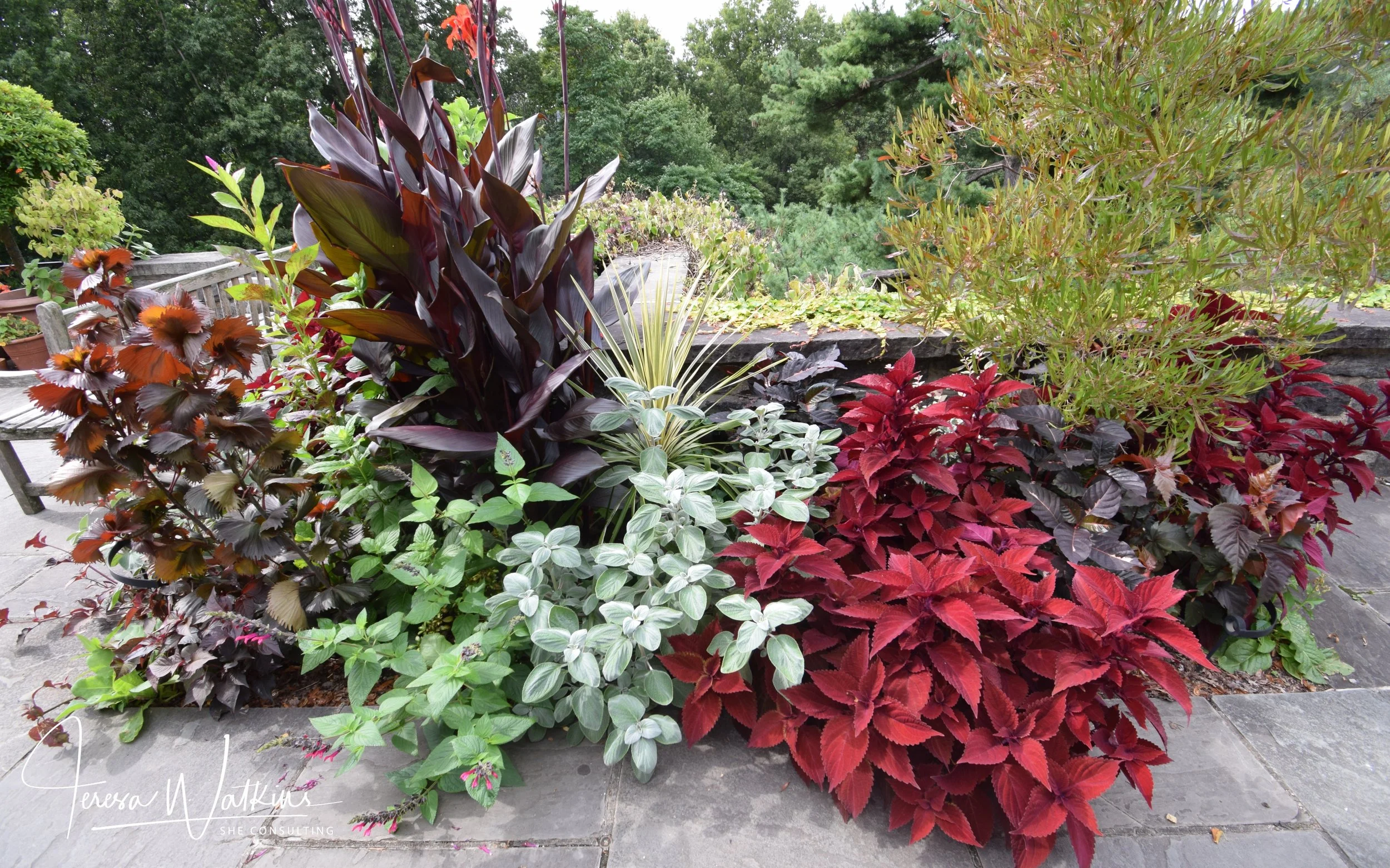Fall Color in Orlando, FL
Fall weather arrives in Florida next week, bringing record low temperatures statewide that could impact tropical plants, fruits, and vegetables. Winter doesn’t arrive across the country till December 21st, and Florida doesn’t usually see freezing temperatures until January, sometimes December. Thirty degree temperature drops this early are rare for our winter season but I’m going to enjoy them.
Cold fronts often bring rain a few days before they arrive; if not, water your landscape on Monday. There's no need to irrigate overnight for warmth, as it won't stay cold long enough to help plants.
Make sure to wrap your most vulnerable tropical shrubs and trees. Frost blankets keep tropical plants 3 to 5 degrees warmer and let sunlight and water in, so daily removal isn't needed. Unlike sheets or boxes, which must be placed and removed each day, frost blankets save time and effort. They are easy to store and last up to three years.
Temperature predictions for North Florida.
Another surprise, although not unexpected is that there is a chance for a tropical storm “Nestor” to develop in the Caribbean. Hopefully not, but hurricane season ends November 30th. Stay alert and prepared.
Take a look at “What to Do In Your Backyard” for November advice on caring for your indoor plants and outdoor gardens. Autumn is an ideal time to start growing herbs—cooler weather won't damage most varieties, and these tasty plants can make your homemade soups and stews even better.
Each November in preparation for Thanksgiving, one of my kitchen must-dos is that I go through my spice cabinet and any spices that are a year old are emptied in my compost pile. Even with cool temperatures, make sure to turn your compost pile every few weeks to keep the decomposition active. Keep an eye on what you add to your compost to maintain a 2 parts green, 1 part brown balance. Green materials include grass clippings, pruned plant debris, raw vegetable peelings, tea or coffee grounds, fruit cores and peels. Brown materials include dried autumn leaves, wood chips, peanuts and nut shells, and clean paper products. Egg shells are neither green nor brown but mineral and add calcium to your compost.
My Plant of the Month is a compact shrub or perennial that produces bright orange-red blooms in winter and thrives in tropical shade. This spicy delight should be added to more Florida landscapes.
Lizzie, the dedicated Camp Counselor and caretaker at Camp Turkey, has prepared Team Turkey for winter. Whether the turkeys value her efforts remains uncertain. See what she's accomplished!
An interesting renovation delivered a surprise last month. It is a first for my Landscaping Malpractice experiences and they were kind enough to allow me to use their project as a learning lesson of what not to do in your landscape.
I have added my top Landscape Design Tips for choosing hardy, year-round palms in Florida—there’s a suitable palm for your yard, whether you’re in Zone 8 or Zone 11.
Mount Vernon, home of our 1st President George Washington.
Art in Bloom Garden Tours has thrilling trips planned for 2026, perfect for any gardening fan, including a unique event during America’s Semiquincentennial. Additionally, the company now offers a $200 referral credit to anyone who refers a new guest who books a regularly priced tour for 2026. Contact Art in Bloom Garden Tours for all the details.
Thanksgiving is a great time to publicly acknowledge all our blessings throughout the year. I am so grateful for all the support, listeners, and opportunities to spend time with you, whether in person or by email or on the radio. Thank you very much and I hope you have a wonderful holiday season.

